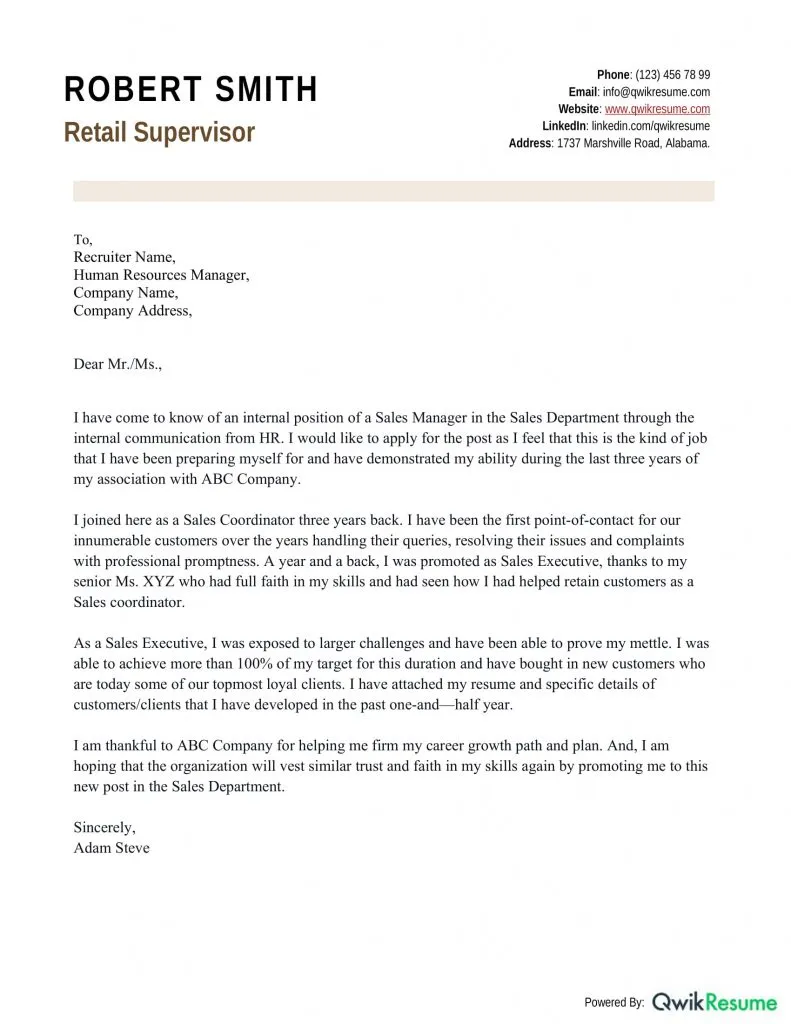Crafting a Powerful Promotion Cover Letter
A promotion cover letter is your opportunity to showcase why you’re the perfect candidate for the job. It’s more than just a formality; it’s a strategic document that can significantly increase your chances of getting promoted. Unlike a standard job application, a promotion cover letter allows you to highlight your existing knowledge of the company, your proven track record, and your dedication to contributing even further. This guide will walk you through the essential steps of crafting a compelling cover letter that gets you noticed and lands you that promotion. Let’s dive into the secrets of writing a cover letter that sets you apart.
Understanding the Purpose of a Promotion Cover Letter
The primary goal of a promotion cover letter is to persuade the hiring manager that you are the most suitable internal candidate. It serves a different purpose than an external job application. It demonstrates your continued commitment to the company and provides specific examples of your value. The cover letter is your chance to succinctly explain why you deserve to move up the ladder. It emphasizes your understanding of the role’s requirements, your familiarity with the company culture, and your preparedness to take on increased responsibilities. It’s about presenting yourself as a solution to the company’s needs.
Highlighting Your Achievements

One of the most critical elements of a compelling cover letter is showcasing your accomplishments. Don’t simply list your job responsibilities; instead, focus on the achievements that demonstrate your value to the company. Consider projects you’ve successfully completed, problems you’ve solved, or improvements you’ve implemented. Quantify your achievements whenever possible to make them more impactful and easier to grasp. Instead of saying ‘Managed a team,’ say, ‘Managed a team of 10, increasing project efficiency by 15%.’ Highlighting specific achievements provides concrete evidence of your capabilities and contributions, proving you’re ready for the next step.
Quantifying Your Accomplishments
Numbers speak louder than words. Quantifying your achievements adds significant weight to your claims. Use data, statistics, and metrics to show the impact of your work. For example, if you improved sales, state the percentage increase. If you streamlined a process, indicate the time saved or the cost reduced. If you’ve received positive feedback, quantify it. ‘Consistently exceeded sales targets by an average of 20% per quarter’ is far more persuasive than simply stating ‘Met sales targets.’ Quantifying your accomplishments makes it easier for the hiring manager to understand the tangible benefits you’ve brought to the company and what you can continue to provide in the new role.
Showcasing Your Skills and Experience
Clearly demonstrate the skills and experience that make you an ideal candidate for the promotion. Review the job description carefully and identify the key skills and qualifications required. Then, in your cover letter, explicitly connect your skills and experience to these requirements. Provide specific examples of how you’ve utilized those skills in your current role to achieve positive outcomes. If the job requires leadership skills, describe instances where you led a team, mentored colleagues, or took initiative in a project. Your cover letter is an opportunity to showcase how your existing capabilities align with the demands of the new position.
Aligning Your Skills with the New Role’s Requirements
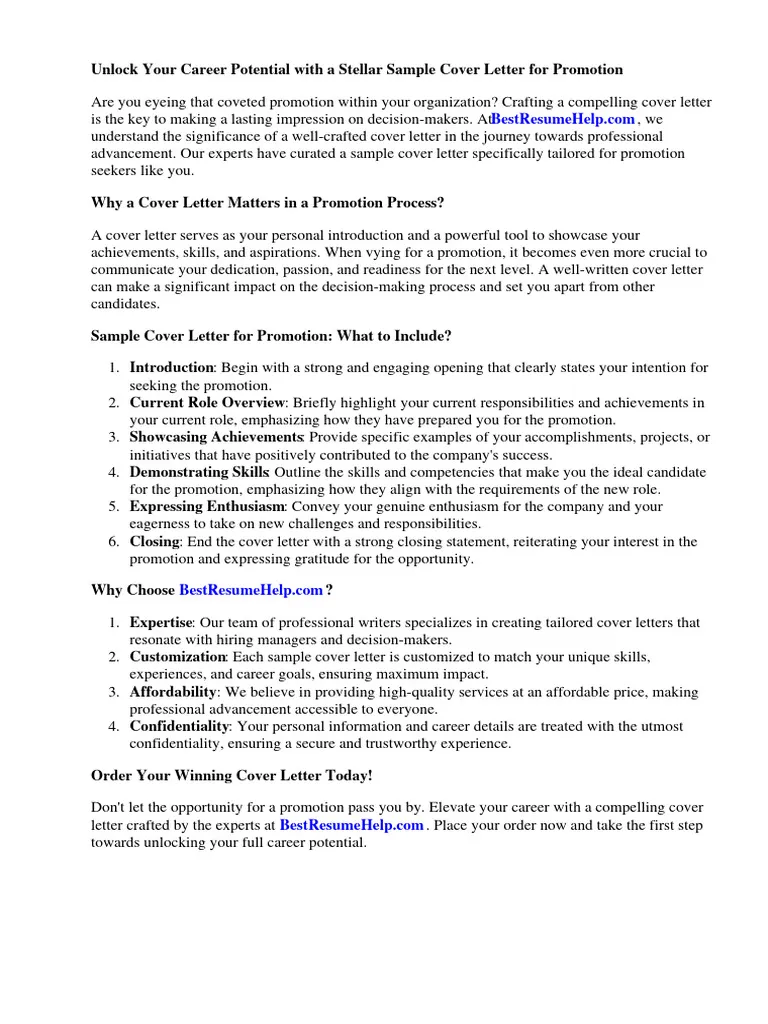
This involves a deep understanding of what the new role entails. Carefully analyze the job description, pinpointing the key responsibilities and required skills. Then, in your cover letter, explicitly link your skills and experiences to these requirements. Instead of simply listing your skills, provide specific examples of how you’ve used those skills in the past and how they relate to the new role. For example, if the role requires project management skills, describe a project you managed, highlighting the strategies you used and the positive outcomes you achieved. By demonstrating this alignment, you showcase your understanding of the role and how you are uniquely qualified to excel in it.
Expressing Enthusiasm and Confidence
Your enthusiasm for the opportunity and your confidence in your ability to succeed are crucial aspects of your promotion cover letter. Let your genuine interest in the role shine through in your writing. Explain why you’re excited about the prospect of taking on new challenges and contributing to the company’s success. Confidently state that you believe you possess the skills, experience, and drive to excel in the new position. Avoid being overly modest or hesitant. Project a sense of assurance, showing that you are not only capable but also eager to take on the increased responsibilities.
Demonstrating Your Understanding of the Company’s Goals
To show you’re serious about the promotion, demonstrate that you understand the company’s objectives. Before writing your cover letter, research the company’s current initiatives, values, and future plans. In your letter, show how your skills and experience align with the company’s goals. Mention specific projects or strategies that you can contribute to in your new role. Demonstrating an understanding of the company’s vision and your place in it illustrates that you’re committed to the long-term success of the organization and are not just seeking a new title, but a chance to make a larger impact.
Formatting Your Promotion Cover Letter
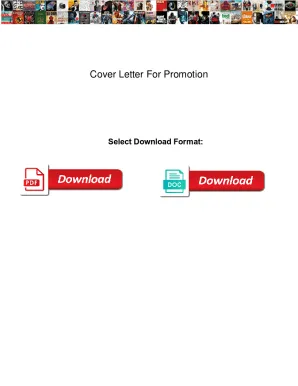
The format of your cover letter is as important as its content. Ensure your letter is well-organized, easy to read, and visually appealing. Use a professional font, such as Times New Roman or Arial, in a readable size (11 or 12 points). Keep the letter concise, ideally one page long. Use clear headings, bullet points, and white space to break up large blocks of text. A well-formatted letter shows attention to detail and respect for the reader’s time. Consistent formatting throughout the document creates a professional and polished appearance, making your application more likely to be taken seriously.
The Importance of a Strong Opening
The opening paragraph of your cover letter is your first and best chance to grab the reader’s attention. It must be concise, compelling, and clearly state your intent. In the opening, mention the specific position you are applying for and why you are interested in it. State your key qualifications upfront, summarizing your most relevant skills and accomplishments. Your opening should immediately highlight why you are the best candidate for the promotion. A strong opening creates a positive first impression, encourages the reader to continue reading, and sets the tone for the rest of your letter.
Structuring the Body Paragraphs Effectively
The body of your cover letter should provide a more detailed explanation of your qualifications. Divide your body into paragraphs that focus on key aspects of your candidacy. Each paragraph should address a specific skill, achievement, or qualification, backed up with concrete examples and quantifiable results. Use the STAR method (Situation, Task, Action, Result) to structure your responses. This method helps you provide clear and concise narratives. This structure helps the reader easily follow your reasoning and understand how your past experiences directly translate to the requirements of the new role, strengthening your case for promotion.
Writing a Compelling Closing Statement
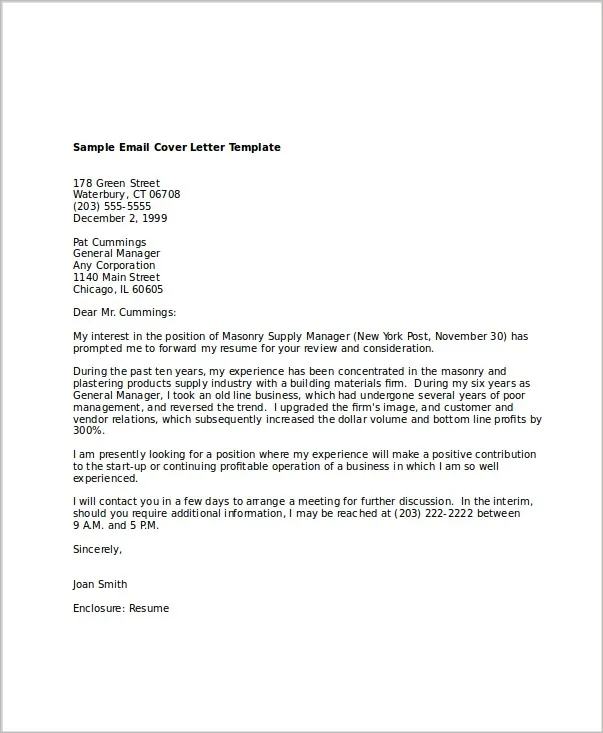
Your closing statement should reiterate your interest in the position, express your confidence in your abilities, and thank the hiring manager for their time and consideration. Reiterate your key qualifications and emphasize your enthusiasm for the opportunity. Be direct and state that you are eager to discuss your application further in an interview. End with a professional closing, such as ‘Sincerely’ or ‘Best regards,’ followed by your name. A strong closing reinforces your desire for the promotion and leaves the reader with a positive lasting impression.
Proofreading and Editing Your Cover Letter
Before submitting your cover letter, thoroughly proofread and edit it. Errors in grammar, spelling, and punctuation can undermine your professionalism and detract from your message. Read your letter aloud to catch any awkward phrasing or unclear sentences. It is extremely beneficial to have a second pair of eyes review your cover letter. A fresh perspective can often spot errors or areas where you can improve your writing. Ensure that the content is clear, concise, and free of mistakes. This attention to detail shows you care and that you are committed to presenting the best version of yourself.
Common Mistakes to Avoid
Avoiding common pitfalls can significantly improve your chances of success. Be sure to avoid these common mistakes.
Lack of Specificity
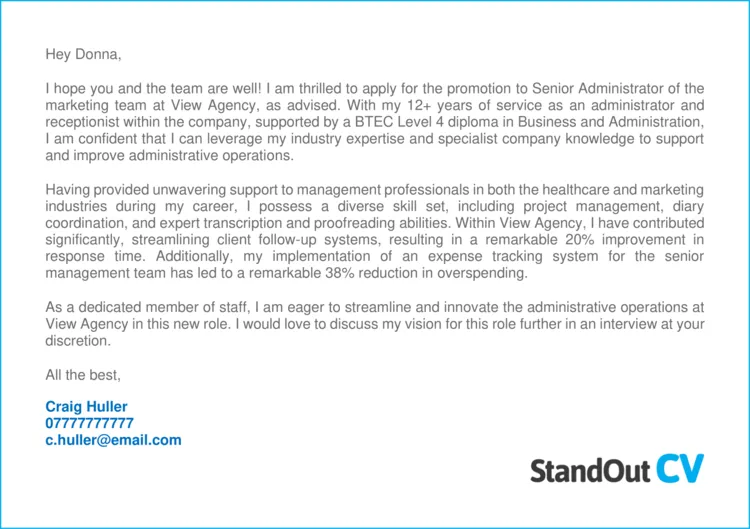
Avoid vague statements. Be precise and provide specific examples of your accomplishments, skills, and experiences. Generic language fails to make a strong impact.
Generic Language
Avoid using generic phrases that could apply to anyone. Tailor your letter to the specific role and company. Show that you have researched and understand the requirements of the position and the company.
Focusing Only on Responsibilities
Listing your job responsibilities is not enough. Focus on your achievements and how you have added value to the company. Quantify your achievements whenever possible to show the impact of your work.
Failing to Proofread
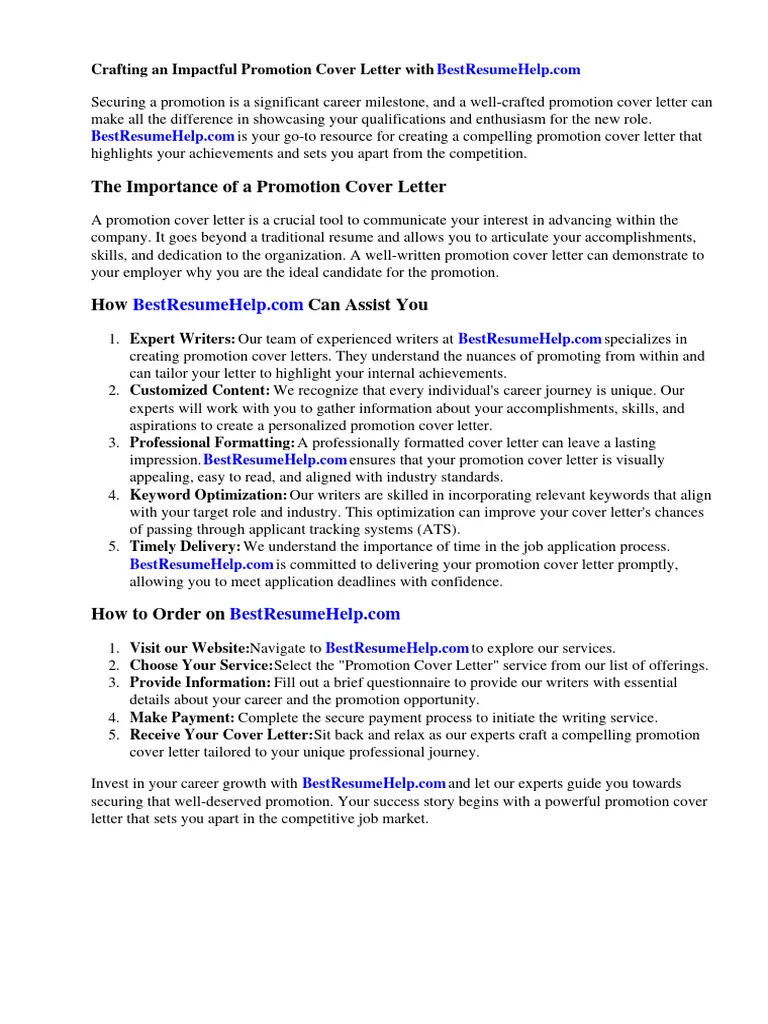
Proofreading is critical to eliminating errors that can damage your credibility. Errors in grammar, spelling, or punctuation can undermine your professionalism and credibility.
Tips for Tailoring Your Cover Letter
Tailoring your cover letter to the specific role and company is essential for maximizing its impact.
Researching the New Role and Company
Thoroughly research the new role and the company. Understand the requirements of the position and the company’s goals and values. This research will allow you to customize your cover letter. You can then demonstrate how your skills and experience align with the new role and how you can contribute to the company’s success.
Using Keywords from the Job Description
Carefully review the job description and identify the keywords and phrases used to describe the required skills and qualifications. Incorporate these keywords into your cover letter naturally. This can make your application more easily identifiable by applicant tracking systems. It also shows that you understand the role’s requirements.
Seeking Feedback from Others
Ask trusted colleagues, mentors, or career counselors to review your cover letter. A fresh perspective can often provide valuable insights and help you identify areas for improvement. This feedback can help you spot any errors and ensure that your cover letter effectively conveys your qualifications and enthusiasm.
